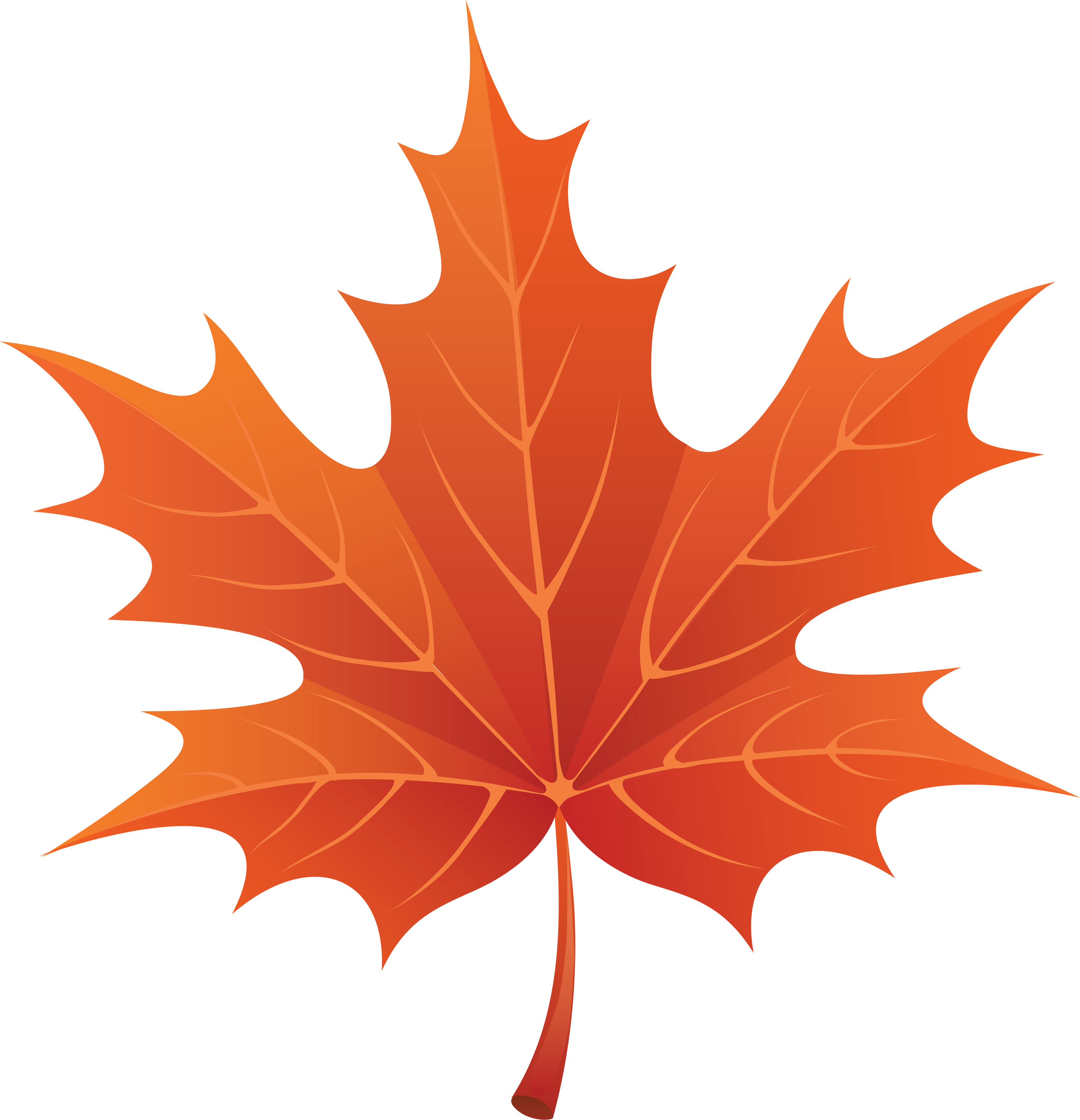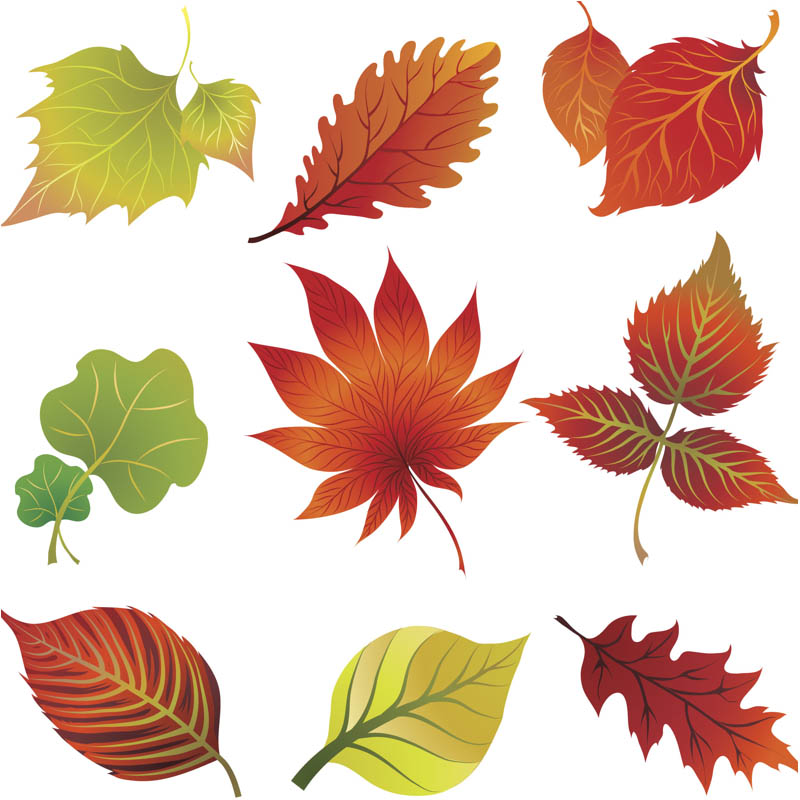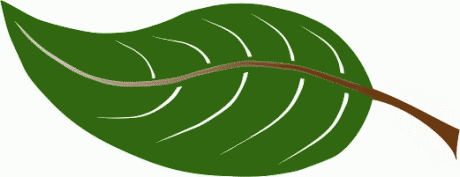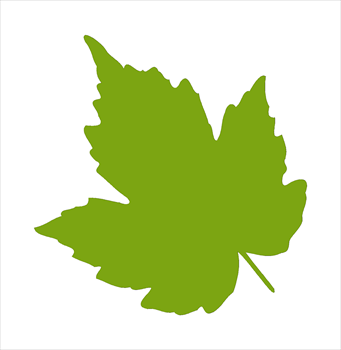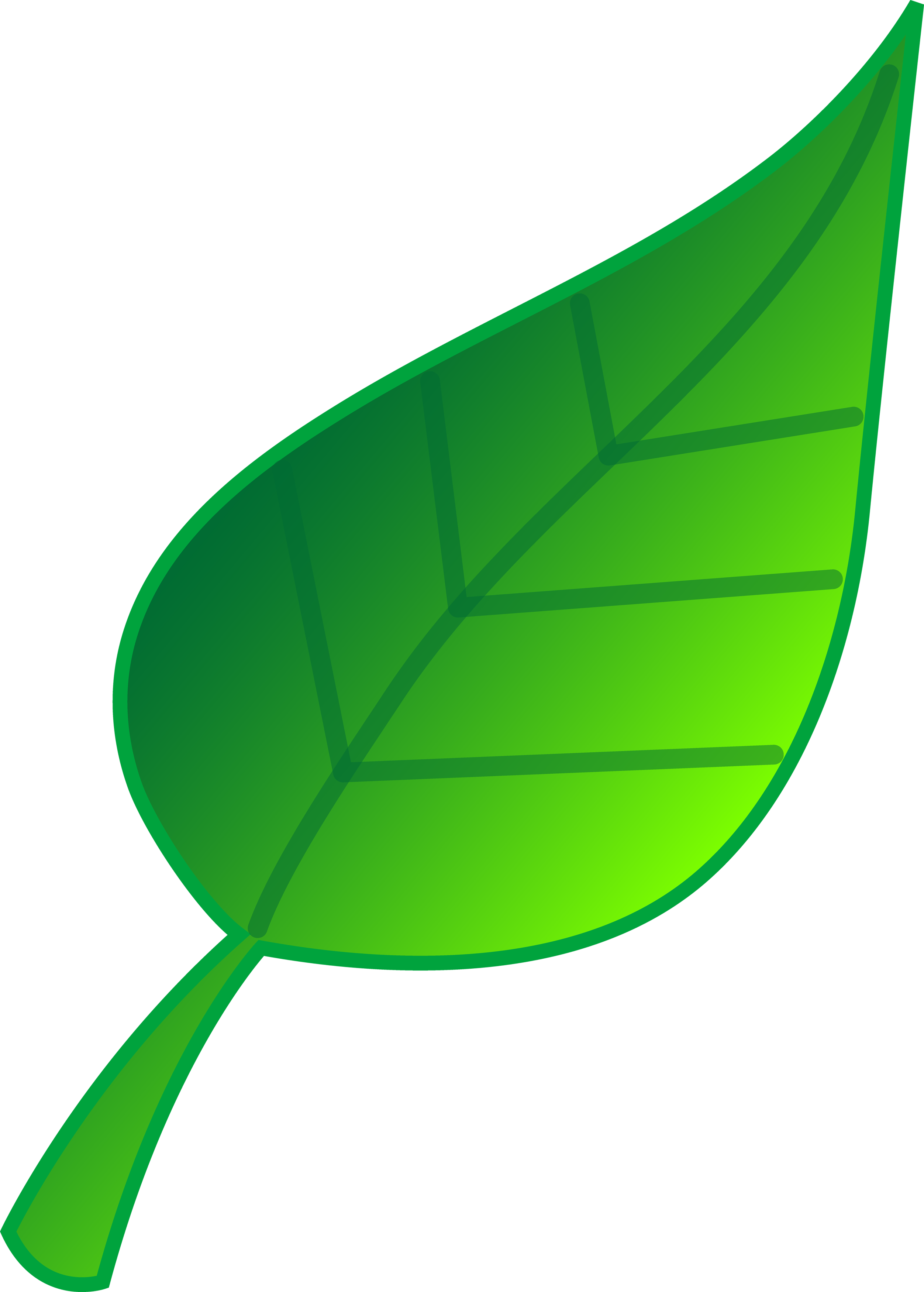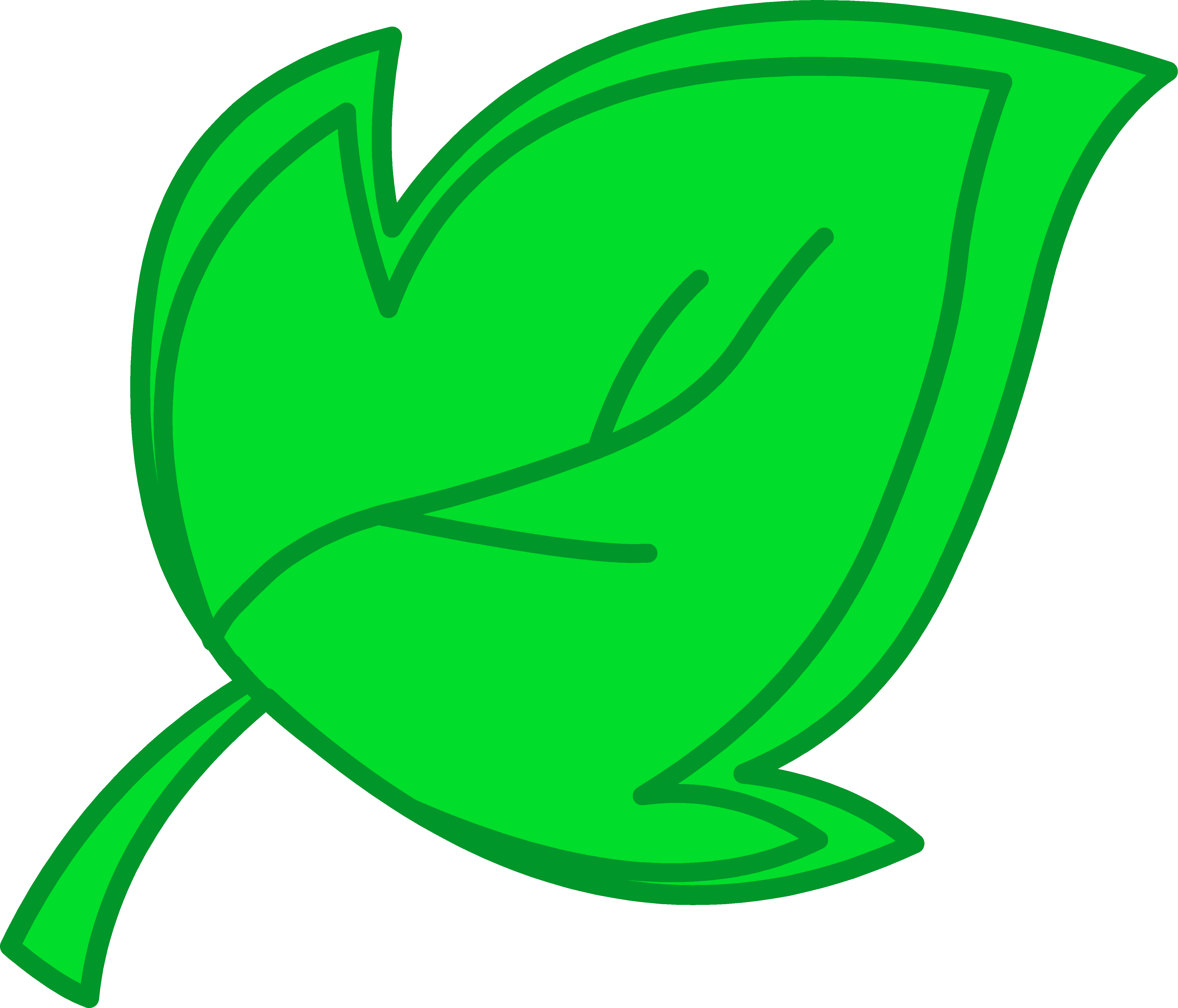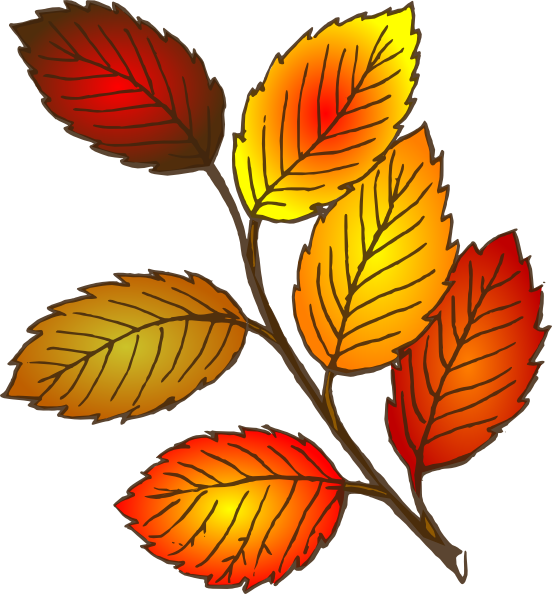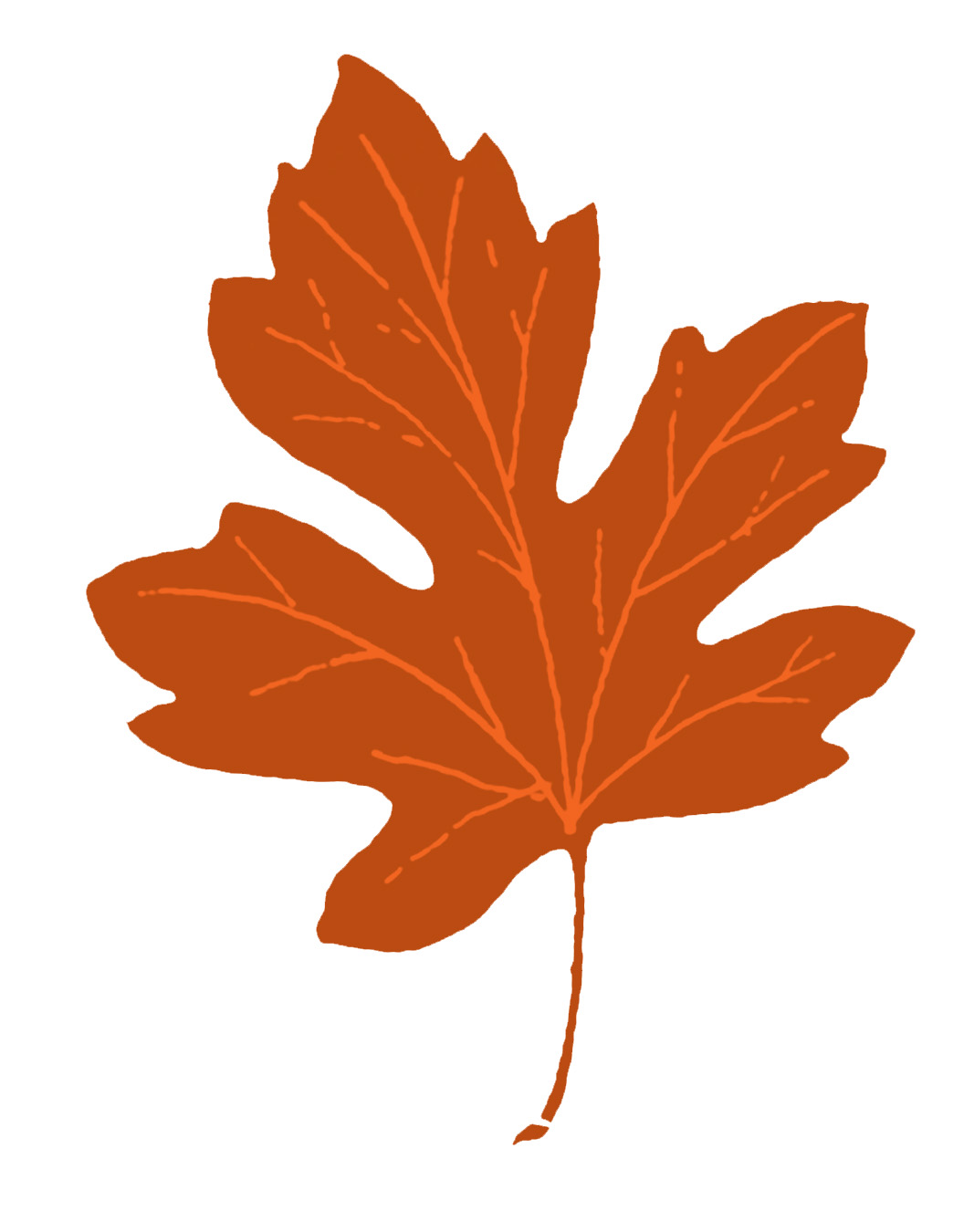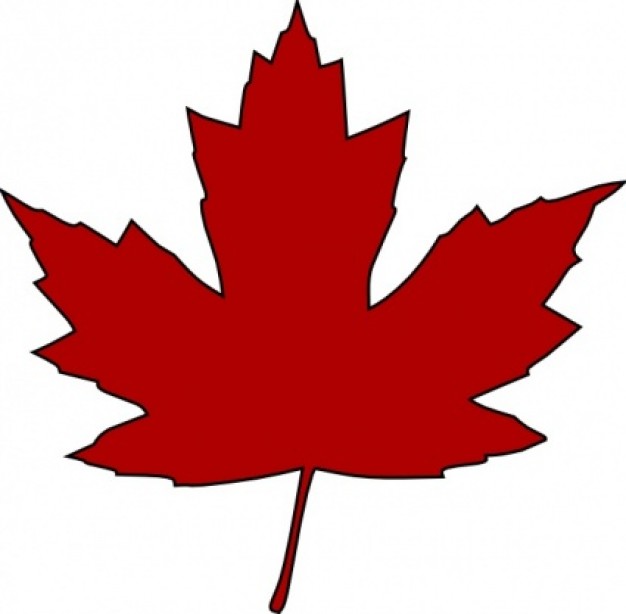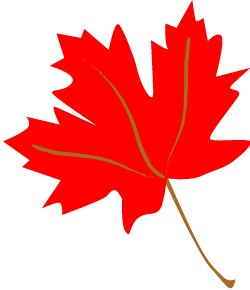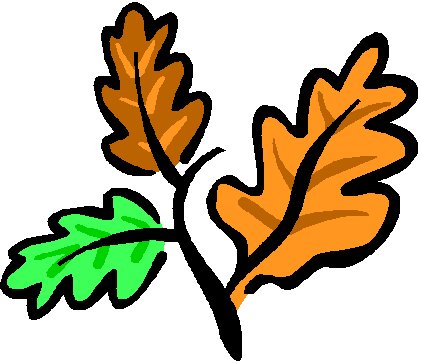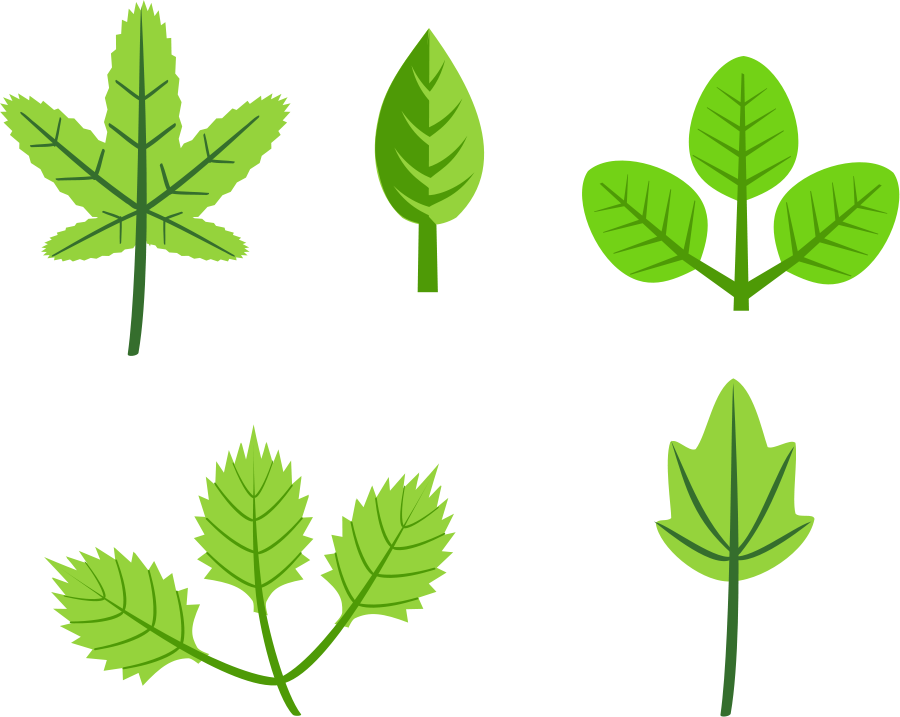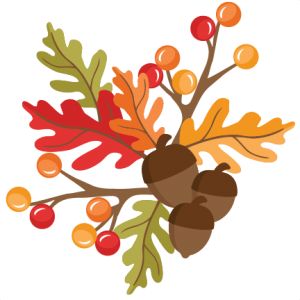Leaves Clip Art
Leaves are flat, thin plant organs that emerge from stems and branches. Leaves are the primary site of photosynthesis in plants – the process that converts sunlight into energy and nutrients. Leaves come in a wide range of sizes, shapes, textures, and colors across the plant kingdom. They also lend aesthetic beauty and appeal to flora.
Leaf Shapes
There is tremendous diversity in leaf shapes and contours across plant species:
- Ovals – Elliptical shape with rounded ends
- Lanceolate – Long, spearhead-like shape
- Palmate – Lobes/veins spreading out like fingers from base
- Pinnate – Opposite leaflets arranged along midrib, resembling a feather
Leaf shapes have evolved to optimize sunlight capture for photosynthesis needs.
Leaf Sizes
Leaf sizes span a spectrum depending on factors like plant variety, climate, and light exposure:
- Tiny – Somemosses have leaves just 1-2 mm long
- Small – Herbs and perennials with leaves 2-10 cm in length
- Medium – Shrubs have leaves ~10-25 cm long
- Large – Tropical vegetation with leaves over 60 cm long
- Oversized – Giant rhubarb leaves reach 2+ meters wide
Leaf size correlates to sunlight access for smaller understory plants vs. taller canopy trees.
Leaf Colors
Leaves exhibit many colors:
- Green – Chlorophyll and carotenoids for photosynthesis
- Red – Anthocyanins, protection from sun damage
- Yellow – Carotenoids like xanthophylls
- Orange – Carotenoids like lutein predominant in fall
Green dominates spring/summer while fall elicits fiery reds, oranges, and yellows.
Parts of a Leaf
Key leaf structure parts:
- Blade – Broad, thin lamina for catching light
- Veins – Vascular tissue transporting water and nutrients
- Stem – Stalk attaching leaf to plant
- Petiole – Base of leaf stalk insertion point
Leaf Textures
Leaves exhibit diverse surface characteristics:
- Smooth – Slick, glossy leaves with minimal ridges
- Hairy – Soft trichomes giving fuzzy texture
- Waxy – Thick cuticle layer creating shine
- Crinkly – Rippled appearance like cabbage or oak leaves
Texture depends on environmental factors and variation across flora genera.
Uses of Leaves
Leaves serve many functions:
- Photosynthesis – Producing energy and oxygen
- Transpiration – Releasing water vapor
- Shade – Creating canopy coverage on forest floors
- Insulation – Trapping heat among branches
- Food – Leaves or teas eaten by humans and livestock
- Medicine – Extracts used as traditional remedies
- Aesthetics – Providing natural beauty and interest
Preserved Leaves
Leaves last longer when dried or pressed to maintain color and shape:
- Air drying – Suspending leaves upside down to slowly dehydrate
- Pressing – Using weight to flatten leaves between absorbent sheets
- Coating – Brushing leaves with glycerin or acrylic spray to preserve and shine
Preserved specimens can be used for research, teaching tools, and decorative crafts.
Leaves Clip Art
Leaves vector clipart contains digital imagery of leaf shapes from various plants and trees. This leaf artwork can be implemented in illustrations, graphics, and documents.
Using Leaves Clip Art
Leaf clipart usage ideas:
- Banners with fall foliage
- Floral business logos
- Nature scene backgrounds
- Science diagrams of leaf veins/anatomy
- Frames around garden photography
- Invites with leafy vines
- Greeting cards decorated with leaves
Clip art leaf images add beauty and botanical flair across many design applications. With the expansive diversity seen across leaves in the real world, the possibilities are unlimited for decorating projects digitally as well.
In this page clipartix present 92 leaves clipart images free for designing activities. Lets download Leaves Clip Art that you want to use for works or personal uses.









